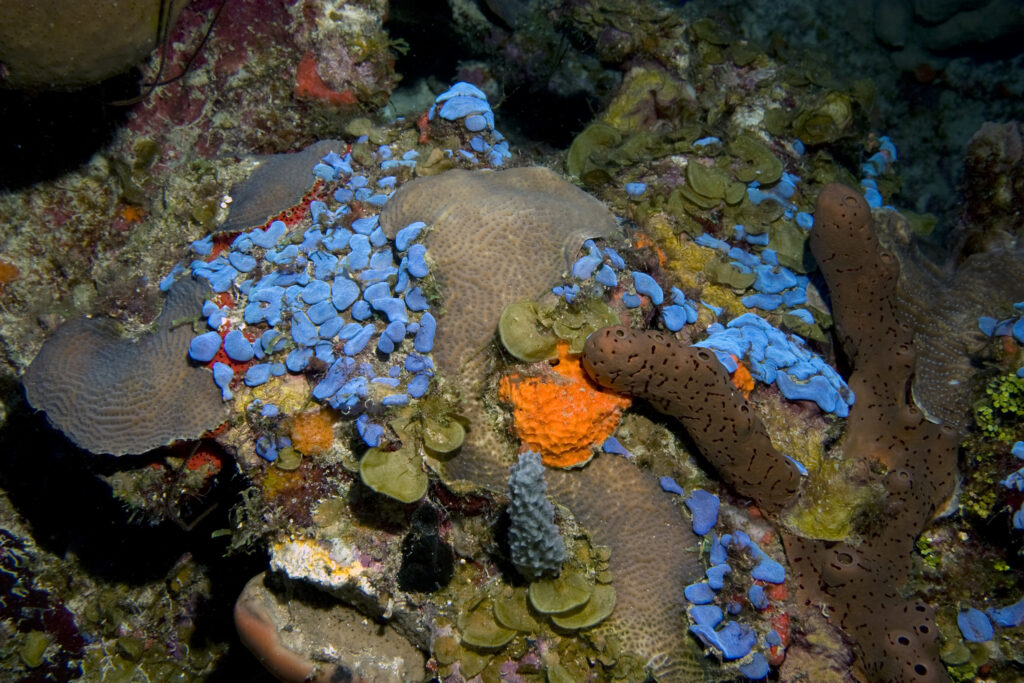On May 24, 2016, the United Nations Environment Programme released a new report on mesophotic coral ecosystems (MCEs) during a coral reef media roundtable at the second session of the United Nations Environmental Assembly (UNEA-2) in Nairobi, Kenya. The document, Mesophotic Coral Ecosystems: A lifeboat for coral reefs?, edited by GRID-Arendal and NOAA, represents contributions from 35 scientists. MCEs are light-dependent reefs that exist from 30-40 m to a depth of up to 150 m in clear waters. The shallow reefs from the surface to about 30-40 m are likened to the tip of an iceberg; they are the more visible part of an extensive coral ecosystem. MCEs are widespread and diverse; however, they remain largely unexplored. As a result, MCEs are often not considered in marine spatial planning. The goal of this report is to raise awareness among policy makers and resource managers by providing an accessible summary on MCEs, including a discussion of the ecosystem services they provide, the threats they face, and the gaps in our understanding.

As to whether MCEs can serve as a source to restock or repopulate degraded shallower reefs, it depends on the species involved. Sometimes, MCEs may act as ‘lifeboats’ for nearby, connected shallower reefs that are experiencing degradation. In other cases, MCEs may be just as vulnerable as shallower reefs to the range of human pressures exerted upon them. Regardless, MCEs are worthy of protection in their own right, both for their inherent biodiversity and for the wide range of ecosystem goods and services they provide.
The report is dedicated to the memory of Dr. John J. Rooney (1960-2016) of the NOAA Pacific Islands Fisheries Science Center and the Joint Institute for Marine and Atmospheric Research (JIMAR) for his dedication to exploring and understanding mesophotic coral ecosystems.
For more information, contact Kimberly.Puglise@noaa.gov.
Citation: Baker, E.K., Puglise, K.A. and Harris, P.T. (Eds.). 2016. Mesophotic coral ecosystems – A lifeboat for coral reefs? The United Nations Environment Programme and GRID-Arendal, Nairobi and Arendal, 98 pp.
